If anything works for you without causing any harm, why not practice it consistently? That’s exactly how superstitions find relevance in people’s lives. Thus, irrespective of the nationality, cricketers, too, tend to get superstitious in order to bring them some good on-field fortune.
Advertisement
Be it carrying a particular object close to heart or some silly pre-match routine, superstitions are supposed to be of myriad kinds. Such can be the influence, that someone as practical and rational as former India captain MS Dhoni was also affected by such practices several times during the course of his decorated career.
As part of a personal belief, Dhoni had developed this habit of placing his left foot on the field first to supposedly bring him some good luck. On the contrary, Chennai Super Kings captain had very little say in the team’s strategic matters so as to adhere to its superstitious beliefs during the third season of the Indian Premier League, if reports are to be believed.
MS Dhoni Had Little Say In CSK’s IPL 2010 Strategic Matters Because Of An Astrologer
Apart from putting together a 23-member squad ahead of IPL 2010, CSK had also made an additional investment of INR 2 crore to have the intangible services of an astrologer. And no, he wasn’t hired to have a say in what numbers on the back of the players’ jersey would produce better on-field performances, or provide them other off-the-field tips for ideal results.
In fact, astrologer Vastu Venkatesan had went on to decide the strategic matters pertaining the team – including players’ batting positions, bowling positions, and even the Playing XI. The confidence in his belief system was backed up by creating a tantric triangle outside the boundary line in each of CSK’s home matches during the season.
Hailing from Chennai, Venkatesan was just not your regular astrologer. He was reportedly recommended by the then chairman of BCCI (Board of Control for Cricket in India) selection committee Krishnamachari Srikkanth to CSK team owner N. Srinivasan. The astrologer’s influence over Srinivasan was such that gradually the latter had even started seeking the former’s advise on decisions related to his other businesses as well.
Other on-field decisions where Venkatesan allegedly had his say included the decision to have off-spinner Ravichandran Ashwin open the bowling, or whether Dhoni should bat or bowl first upon winning the toss. As it turned out, the “Yellow Army” had bagged their maiden IPL title the very season, thereby further increasing his credibility.
Did MS Dhoni Bat At Various Batting Positions During IPL 2010?
Moreover, as per reports in India Today, even Dhoni’s batting position was fluctuated, at times, upon Venkatesan’s insistence, despite him having impressed with his performance at No. 5 and 6 during the first two matches.
While the skipper batted at No. 4 in the next five innings, he even batted at No. 3 against Deccan Chargers before returning back to the No. 5 spot for the last three matches of the season, including the grand finale.
However, he was mostly successful while batting at No. 5, where he scored 172 runs across five innings at an average of 57.33, with the help of a couple of half-centuries.
MS Dhoni Used To Place Left Leg First Before Entering The Field
Back in 2019, during the Indian Cricket Heroes award ceremony, Dhoni had revealed the innocuous superstitious side to him which had nothing to do with the technicalities of the sport.
The two-time World Cup-winning captain had remarked how he would place his left leg first on the field after entering the stadium. However, he would most often forget whether he had indeed placed his left leg first or not!
“I think most of the cricketers are superstitious about a lot of things and we call it more routine than anything else. We keep figuring out it was a left leg or right leg, I was also somebody like okay when I go inside the field I would take left leg then after a while I got confused whether it was a left leg or right leg?”
Dhoni further stated that since such superstitions or routine practices were controllable, almost all the cricketers used to make sure to follow them before or while playing.

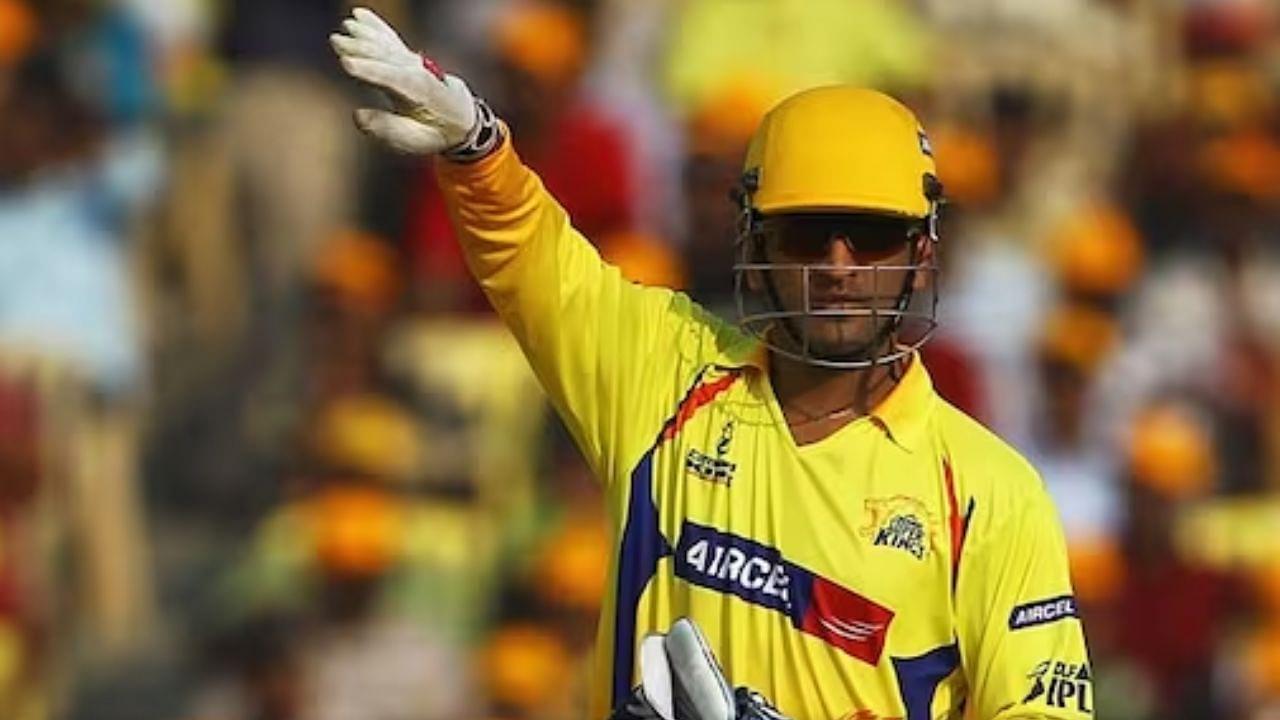
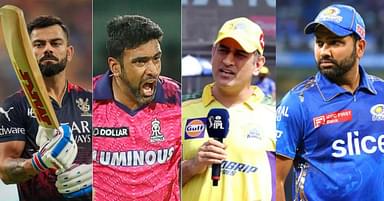
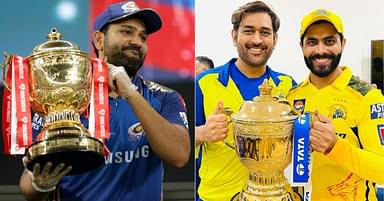
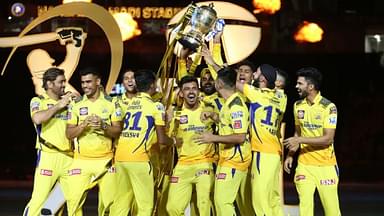
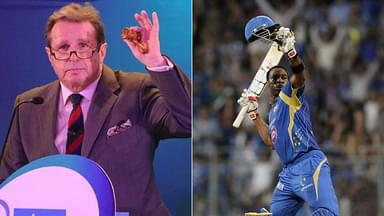
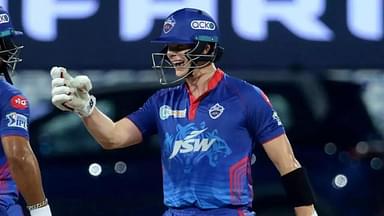
![Most Expensive Player In IPL 2024 Auction [FULL LIST]](https://cdn-wp.thesportsrush.com/2023/12/ae43af1b-pat-cummins-world-cup.jpg?format=auto&w=384&q=75)